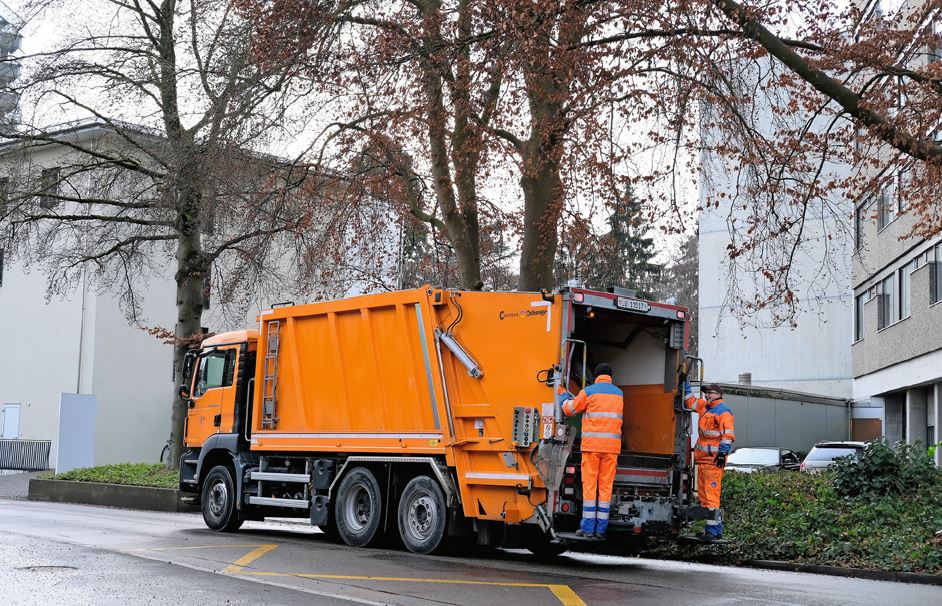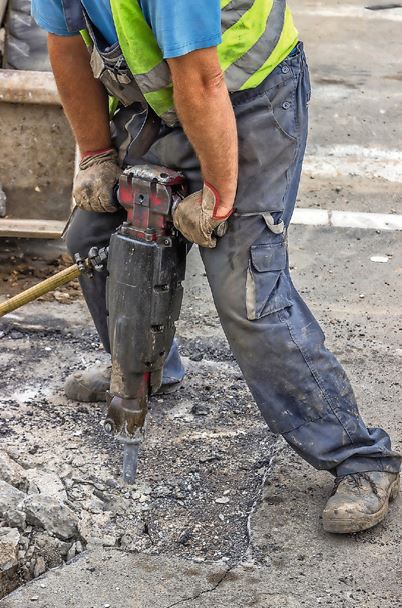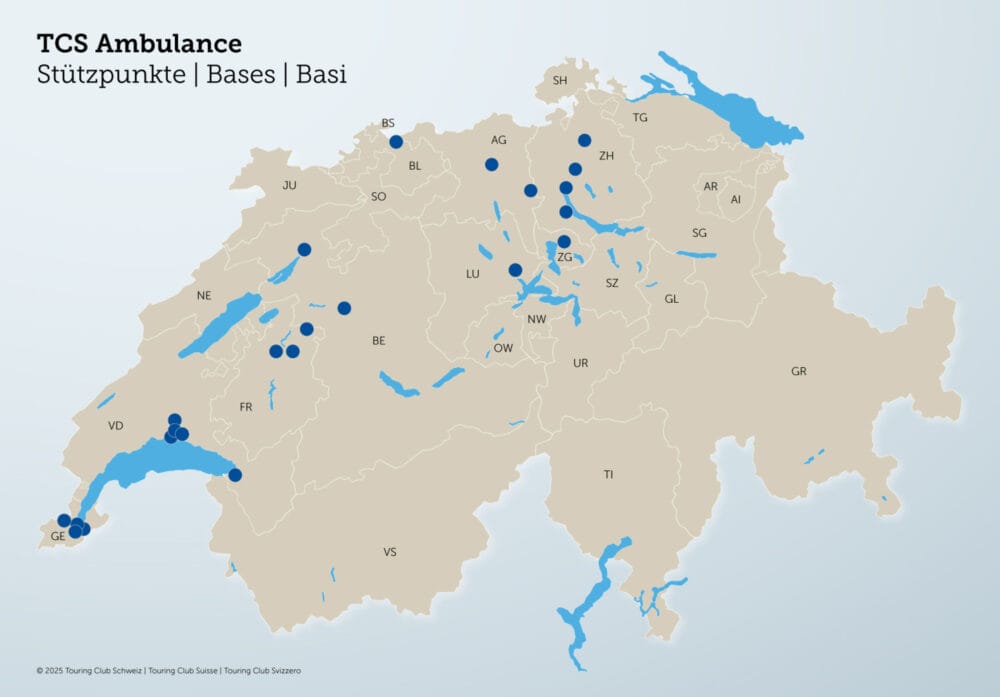Dust protection: types, hazards and limits
Dusts are omnipresent in nature and in all areas where people live and work. In many areas and work processes, however, activity-related dust concentrations can reach dangerous levels that must be countered with effective protective measures.

The human organism and its respiratory system have come to terms with small amounts of dust in the air we breathe over millions of years of evolution. There are also effective mechanisms for removing dust particles that have already been inhaled from the body. Dust is rarely used as a raw material or product, but is produced during many work processes in trade and industry. An exception are nanoobjects as deliberately manufactured structures for specific purposes. No one would think, however, that a piece of oak or beech wood, for example, is a potentially hazardous and even carcinogenic substance. But the dust that is generated during work such as sawing or sanding is. For a long time, it was not taken into account that even dust in low concentrations can be harmful to human health, even if it does not contain any hazardous substances.
Due to their morphological shape, pure dust particles are already capable of causing damage to the respiratory tract and in particular to the lungs. Therefore, a few years ago, within the framework of dust protection measures at the workplace, the limit values for
pure inert, i.e. non-chemically reactive, alveolar dust has been massively reduced by up to 60 percent. The lowering of the general dust limit value for this so-called A-dust was not arbitrarily political, but was irrefutably supported by new occupational health findings. The general dust limit value for alveolar dust was lowered from 3 mg/m³ to less than half, now 1.25 mg/m³. As a general dust limit, it applies as an occupational exposure limit (OEL) or maximum workplace concentration (MAK) for poorly soluble and insoluble dusts, provided these are not regulated elsewhere. After the initial excitement, this significant reduction in the limit values, in addition to raising awareness of the issue, triggered a positive impetus for the establishment of innovative lower-dust work processes and protective measures, which continues today.

Dust: types, hazards and limits
Dusts are solid particles finely dispersed in the air which are formed by mechanical processing (e.g. by crushing or surface treatment, cutting, milling) or whirling up (e.g. by blowing off with compressed air or dry sweeping with a broom). The solid particles formed by chemical or thermal processes, e.g. during welding, and also finely dispersed in the air are referred to as fumes, which in a broader sense are classified as dusts. In the food industry, in agriculture, allergizing dusts (flour dust, grain dust and dusts in animal stables) are frequently encountered. In recycling and waste collection, it is mainly dusts containing molds that appear in the air in work areas. Dusts can also be present in fibrous form. Known, extremely dangerous representatives of fibrous dusts are the variants of asbestos. Because of their extremely dangerous carcinogenic properties, a separate set of regulations has been created for them in addition to a general ban on their use. In addition to the direct health-endangering effects of dusts, the explosion hazards caused by dusts in working areas also play a role.

The mass fraction of all particles present in the breathing zone that is inhaled through the mouth and nose is referred to as the inhalable fraction (E-dust). While smaller particles (aerodynamic diameter < 5 µm) are almost completely inhaled, the inhalability decreases towards larger particles (non-inhalable fraction). The E-dust can be subdivided into further dust fractions, depending on where it is deposited in the lungs. Alveolar dust is the portion of inhalable dust that can reach the alveoli and bronchioles (A-dust). The constituents of dusts can also be hazardous; these are, for example, heavy metals or allergenic substances or endotoxins.
In addition, there are also nanoscale dusts manufactured for specific purposes, which have 1, 2 or 3 external dimensions on the nanoscale (size range of about 1 to 100 nm).
Complex health hazards
The health hazards that can emanate from the various dusts depend on the material type and composition of the dust, but also on the size and shape as well as the biostability of the individual particles. The spectrum of hazards ranges from an acute irritative or toxic effect on the respiratory tract (e.g. chemical burns) or the triggering of an acute allergic reaction to the causation of chronic inflammatory processes and the formation of tumors.
The three absolute no-goes in dust protection
- The blowing off and blowing out of dust deposits
With compressed air - The cleaning of dust-laden work areas
z.e. g. by simple sweeping and without dust-binding measures - Carrying out dusty work without
Extraction of dusts according to the state of the art
Numerous concrete examples of protective measures against dust can be found in TRGS 500 "Protective measures", which also deals with the special features of solids, dusts and fumes, and the checklist "Dust hazardous to health" by Suva from the table below. Further information, among other things, about the common limit values of dusts can be obtained from the IFA Report of the DGUV: "Hazardous substances in the workplace" or the Suva list: "Limit values at the workplace.
This technical article appeared in the printed issue SAFETY-PLUS 2-2022. You want to read the whole article in this issue? Then close right away here a subscription.









